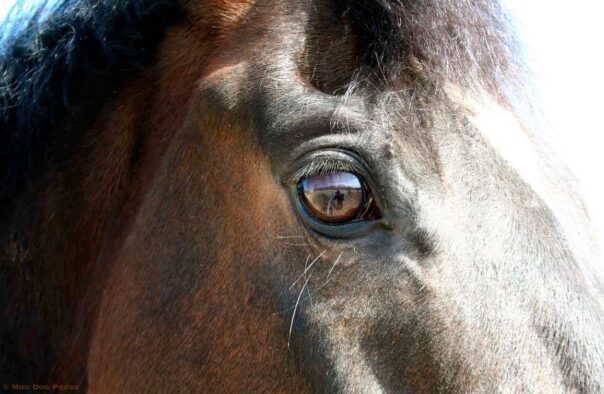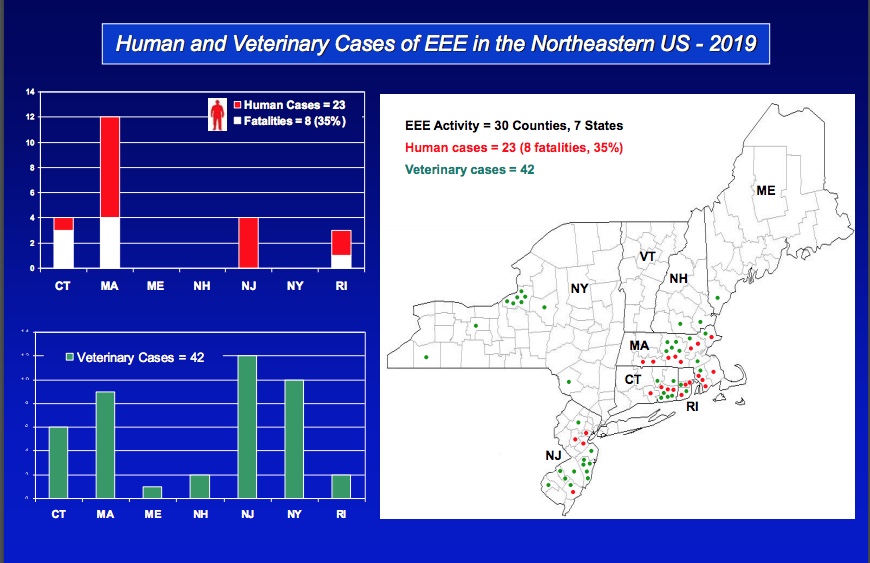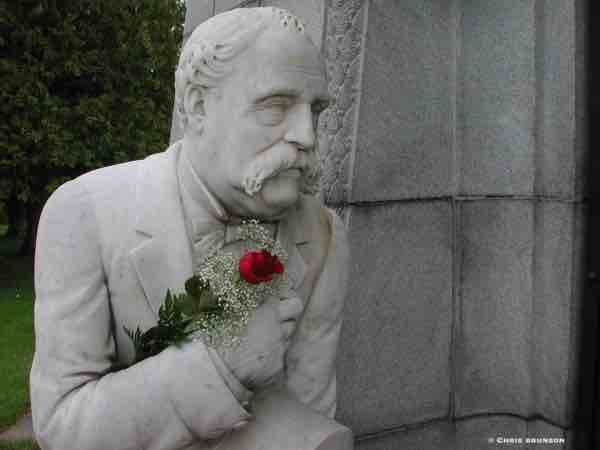COVID-19-Era Pages: Vectors, Science “All My Tomorrows” – Remember
“What is harder than rock, or softer than water? Yet soft water hollows out hard rock. Persevere.” ― Ovid
Staying put. Will tend and expand gardens for food resources. Honor those who are gone before by reading and applying self discipline. The virus hasn't gone away. Adaptations and cautions are in place for new frontiers for social distancing, crowd control.
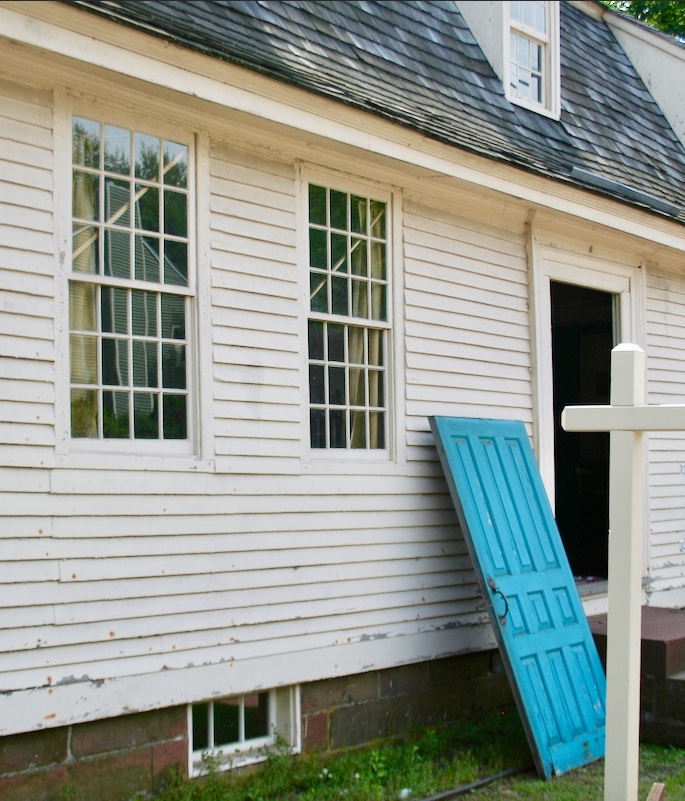
The door is off (2019, pre-COVID era). No screens for windows when this structure was built in 1711 on what today is called North Colony Road in Connecticut. No vaccine for rabies and no help for tetanus if contracted. Measles, smallpox, gangrene, sepsis. No antibiotics. Glad to be alive in 2020 with medicine, knowledge, pain relief, science applied to life. See below for more about this building located in Meriden, Connecticut.
Listen to good leadership which is similar to a parent (and/or teacher) who sets clear expectations and enforces rules even when a few under their charge may scream “not fair” and rebel, lash out in petty displays. And there are all sorts of parents, from strict to lackadaisical and those who are downright neglectful. Be glad if your state is headed up by someone who listens to science and medicine and prioritizes public health; if not, tune in to one who does. Water, air, land, sanitation. Do not take these for granted.
Twitter. Like a living library where the books can speak to you, the reader. Conversations, information, news feeds, commentary, business, books, authors, photographers, climate, science, birds, wildlife, parks. Listen to humanity. Tune in to excellence.
SARS-CoV-2 RNA in sewage/sludge is predictive of:
a) Community transmission
b) ⬆️& ⬇️ intensity of #COVID19 outbreak
c) as a leading indicator (by ~5 days) for casesOur new study w/ @jordan_peccia Ed Kaplan @NathanGrubaugh @WeinbergerDan & othershttps://t.co/cp3rDHLdPq pic.twitter.com/gFtOa1kjFu
— Saad B. Omer (@SaadOmer3) May 22, 2020
Saad B. Omer, director, Yale Institute for Global Health; infectious disease epidemiologist; vaccine researcher, website linked here.
Reminder: we're supposed to be fighting a virus outbreak, not each other. Does the virus like what you want to do? Don't do it. Viruses don't vote… they just make you sick, and often, will kill–even if you don't believe they don't exist.
— AI6YR (@ai6yrham) May 22, 2020
Make sensible choices, wear a mask, wash your hands, keep distance without being directed and stay patient, set a good example. Find voices with integrity and triangulate knowledge, consult at least three sources. Ask more questions. Listen and think.
When I wrote Big Chicken 2 years ago, I picked this epigraph from Camus because I thought it had a lot to say about how we unthinkingly worsened antibiotic resistance.
Now I feel it has even more to say about, well, everything right now. pic.twitter.com/QmzV3hHryV
— Maryn McKenna (@marynmck) March 12, 2020
For those who've handled horses, setting clear expectations for equines (especially young ones) creates a safer environment for all. Good manners. Stand for the farrier, load and unload quietly. Training involves hours and hours and is worth it. Handling, experience, attitude combine to build trust. Skittish, nervous animals reflect their handlers. Over decades have seen people let their horses bite, dance around while a rider tries to get in the saddle. No, this is not to be commended and encouraged by not setting boundaries. Fearful animals can be helped with calm patience and consistent routines. “Trust me” is never said aloud. Trust is earned.
Horses teach many lessons; one is a reminder of how deadly a tiny mosquito can be to transmit pathogens to a large animal, humans. “EEE Outbreak in Connecticut: Risk Assessment and Response to a Rapidly Evolving Crisis” by Jocelyn Mullins, State Public Health Veterinarian, Epidemiology and Emerging Infections Program, Connecticut Department of Public Health, linked here (PDF). The map detail below is from this extensive report that expands focus from local to regional, national and global.
Dean @ichaubey of @UConnCAHNR visited Freunds Farm to learn about @CowPots, Laurelbrook Farm Compost & finished with NBC 30 on the state of the dairy industry & how @4H and @UConnEFNEP helped distribute dairy products to over 10,000 families via local food pantries.#UConnImpact pic.twitter.com/khSD2w4Vwj
— UConn Extension (@UConnExtension) May 21, 2020
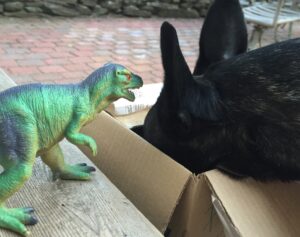
Originally a rescue with multiple issues, patience and time have helped her smooth out and learn to trust.
Meantime, will continue to watch documentaries about history and listen to stories of people who chose to make a difference in a positive way, large or small. Recent coverage of World War II included colorized footage about the battle for Warsaw, Poland; ensuing events. The contrast between current events and the war, sobering. Good reminder to not complain, just do your best and keep going, find ways forward. Adapt and support people, community, efforts that keep populations well. Those who shout the loudest and blame others are not leaders. There are quieter people whose actions are worth emulating; they set the bar high.
“Commitment is what transforms a promise into reality. It is the words that speak boldly of your intentions. And the actions which speak louder than the words. It is making the time when there is none. Coming through time after time after time, year after year after year. Commitment is the stuff character is made of; the power to change the face of things. It is the daily triumph of integrity over skepticism.” Abraham Lincoln
Memorial Day is not a gateway to carefree summer fun, but originally was a way to respect and remember those who fought and died; placing flowers or decorating graves and memorials.
Memorial Day 2020 was different. The origin of this day of remembrance:
“The first large observance was held that year at Arlington National Cemetery, across the Potomac River from Washington, D.C. The ceremonies centered around the mourning-draped veranda of the Arlington mansion, once the home of Gen. Robert E. Lee. Various Washington officials, including Gen. and Mrs. Ulysses S. Grant, presided over the ceremonies. After speeches, children from the Soldiers’ and Sailors’ Orphan Home and members of the GAR made their way through the cemetery, strewing flowers on both Union and Confederate graves…
Lilac. One memorial at Indian Hill Cemetery has a small lilac that blooms each spring and fills the air with fragrance.
“Approximately 25 places have been named in connection with the origin of Memorial Day, many of them in the South where most of the war dead were buried. In 1966, Congress and President Lyndon Johnson declared Waterloo, N.Y., the ‘birthplace' of Memorial Day. There, a ceremony on May 5, 1866, honored local veterans who had fought in the Civil War. Businesses closed and residents flew flags at half-staff. Supporters of Waterloo’s claim say earlier observances in other places were either informal, not community-wide or one-time events. By the end of the 19th century, Memorial Day ceremonies were being held on May 30 throughout the nation. State legislatures passed proclamations designating the day, and the Army and Navy adopted regulations for proper observance at their facilities. It was not until after World War I, however, that the day was expanded to honor those who have died in all American wars. In 1971, Memorial Day was declared a national holiday by an act of Congress, though it is still often called Decoration Day. It was then also placed on the last Monday in May, as were some other federal holidays.”
“Then, together, they passed through the camp gate and marched up the road, toward wives and sweethearts and children and Mom and Dad and home.”
– Laura Hillenbrand, Unbroken: A World War II Story of Survival, Resilience and Redemption
Note: Previous entries are linked here (or page back using prompts at end of each story); the one that includes elderberries here. For Resources, a link to that page. For the 1711 Inn/Solomon Goffe House, a link to the (1979) U.S. Interior National Park Service National Register of Historic Places Inventory nomination form. “Not much is known about Solomon Goffe, who sold his property 10 years after purchasing it. For most of the 18th century, the building belonged to Jonathan Collins or his son. They may have operated a tavern here; certainly the location would have been favorable, as Colony Street was the major route between Hartford and New Haven.” Of interest in more recent times is that the Napier Company was located nearby. This story was updated 5/24/2020.

